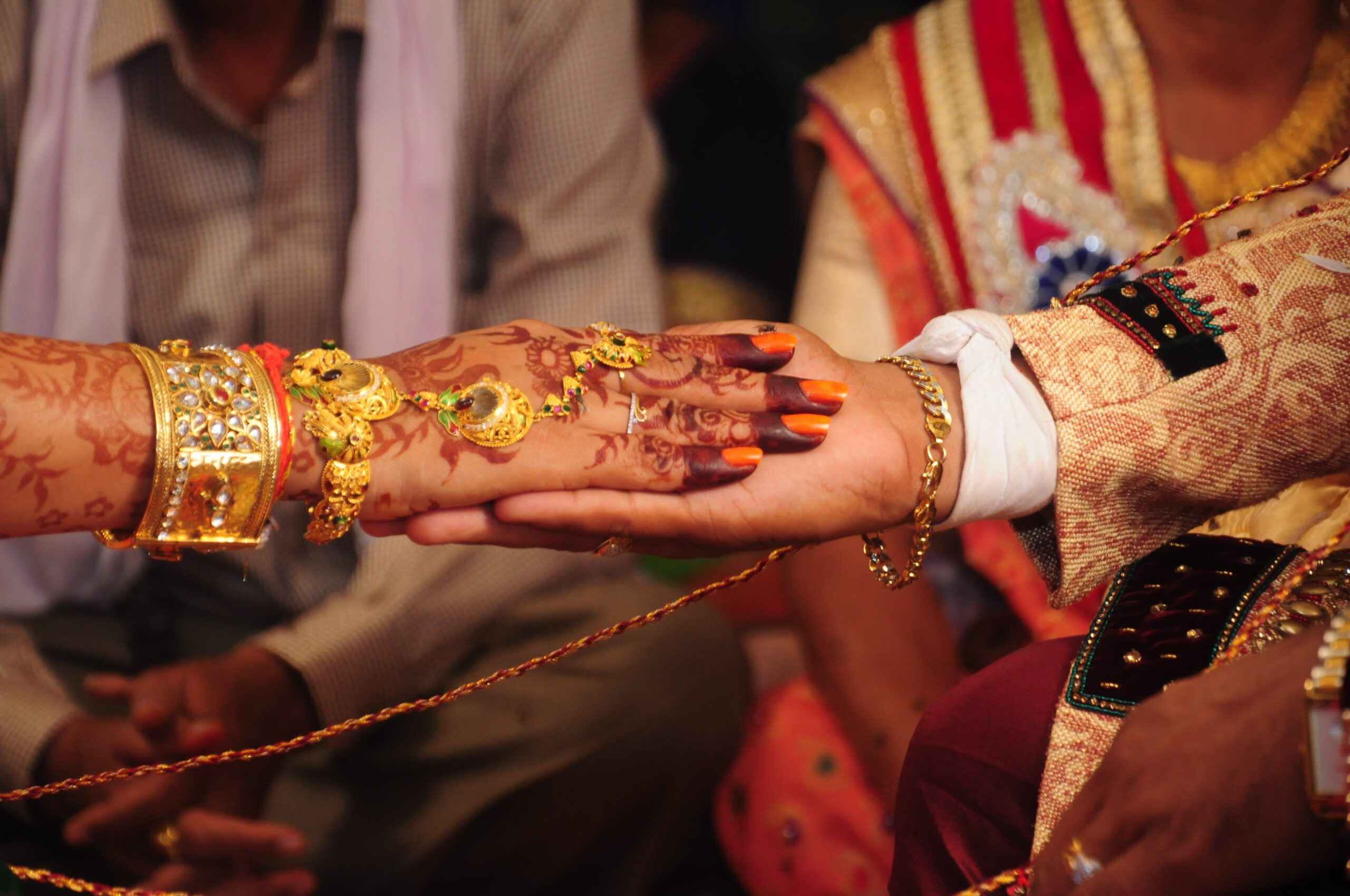The Kamma community is an agricultural community that is mainly concentrated in the Southern Indian states of Andhra Pradesh, Telangana, Tamil Nadu, and Karnataka. The community is believed to have originated from the Kammanadu region of present-day Andhra Pradesh and Telangana. The Kammanadu region was ruled by the Eastern Chalukyas from the 7th century to the 11th century AD. The Kamma community played a significant role in the political and social life of the region during this period.
Kamma Community during Chalukays
The Kamma community has a long and rich history that can be traced back to the Chalukya dynasty, which ruled over a vast region of present-day South India from the 6th to the 12th century CE. The Kamma community is believed to have originated in the Kammanadu region, which was part of the Chalukya kingdom during the early centuries of their rule.
During the Chalukya period, the Kamma community played an important role in the political and social life of the region. They were known for their administrative skills and many Kamma officials held important positions in the Chalukya administration. They were also involved in trade and commerce, and many of them were prosperous merchants.
The Kamma community also played a significant role in the military campaigns of the Chalukya dynasty. Many Kamma warriors were known for their bravery and martial skills and they played a crucial role in the Chalukya army. Some of the most notable Kamma warriors of the Chalukya period include the legendary general Prolaya Vema Reddy, who played a key role in the victory of the Chalukya king Vikramaditya VI over the Chola king Kulothunga Chola I.
The Kamma community played a significant role in the Chalukya period and their contributions to the development of the region in the fields of administration, trade, and military are still remembered.
Kamma Community during the medieval period
The Kamma community during the medieval period played an important role in the social, political, and economic life of the Andhra region, which comprises present-day Andhra Pradesh and Telangana.
During the medieval period, the Kamma community emerged as a dominant landowning community in the coastal Andhra region. They were actively involved in agriculture and trade, and some of them also held prominent positions in the administration of the local kingdoms. The community was also known for its military prowess, and many Kamma warriors played a crucial role in the Vijayanagara Empire.
The Vijayanagara Empire, which ruled over a large part of South India from the 14th to the 17th century, saw the rise of several powerful Kamma chieftains, who played a crucial role in the empire’s administration and military campaigns. Some of the most notable Kamma chieftains of the Vijayanagara Empire include the Reddys of Kondaveedu and the Velamas of Bhadrachalam.
During the medieval period, the Kamma community also made significant contributions to the fields of literature, arts, and culture. Several well-known poets, writers, and scholars of the Telugu language, such as Tikkana Somayaji, the author of the Telugu Mahabharata, and Nannaya Bhattaraka, the author of the Telugu Ramayana, belonged to the Kamma community.
Kamma Community during British Period
During the British rule in India, the Kamma community continued to play an important role in the social, economic, and political life of the Andhra region. With the introduction of British administrative and legal systems, the Kamma community became more involved in the government and the legal profession. Many Kammas also became landlords and traders, and some of them rose to prominent positions in the British administration.
The British period also saw the emergence of several prominent Kamma leaders who played a significant role in the national independence movement. Some of the notable Kamma leaders of the time include Sir Arthur Cotton, who was instrumental in the construction of several irrigation projects in the Godavari and Krishna delta regions, and Kandukuri Veeresalingam, who worked for the upliftment of women’s rights and education.
During this period, the Kamma community also witnessed significant social and cultural changes. The spread of Western education and ideas led to the emergence of a new middle class, which was more open to social and cultural reforms. Several Kamma leaders of the time, such as Kandukuri Veeresalingam, worked towards the abolition of social evils such as child marriage and the caste system.
The Kamma community during the British rule in India continued to play an important role in shaping the social, economic, and political landscape of the Andhra region.
Few most popular Kamma leaders famous in history in several periods
Some of the most popular Kamma leaders who have made significant contributions to the history and culture of the Andhra Pradesh region:
- Srinatha: A well-known Telugu poet and literary figure of the 14th century.
- Peddana: Another famous Telugu poet and literary figure of the 14th century.
- Potana: A 15th-century poet who is known for his translation of the Bhagavata Purana into Telugu.
- Kandukuri Veeresalingam: A social reformer who worked towards the upliftment of women’s rights and education in the 19th century.
- Sir Arthur Cotton: A British engineer who played a key role in the construction of several irrigation projects in the Godavari and Krishna delta regions in the late 19th century.
- Pingali Venkayya: A freedom fighter who designed the Indian national flag.
- Tanguturi Prakasam: A prominent Indian nationalist and politician who served as the first Chief Minister of Andhra Pradesh.
- Kaloji Narayana Rao: A famous poet, writer, and freedom fighter who played a key role in the Telangana rebellion.
- P. V. Narasimha Rao: The 9th Prime Minister of India, who served from 1991 to 1996.
- N. Chandrababu Naidu: The former Chief Minister of Andhra Pradesh, who served from 1995 to 2004 and again from 2014 to 2019.
These are just a few of the many notable Kamma leaders who have left their mark on the history and culture of Andhra Pradesh.
Kamma Community post-independence
After India’s independence in 1947, the Kamma community continued to be influential in the politics and economy of Andhra Pradesh. Many Kammas were involved in the Indian independence movement and held prominent positions in the government and business sectors.
In the early years after independence, the Kamma community played a major role in the formation of Andhra Pradesh as a separate state, through the Andhra movement. The movement was led by prominent Kamma leaders such as Tanguturi Prakasam and Kandukuri Veeresalingam, who were instrumental in demanding a separate state for Telugu-speaking people.
The Kamma community also played a key role in the Green Revolution that transformed agriculture in India in the 1960s and 70s. Many Kammas were successful in adopting new agricultural technologies and becoming prosperous farmers, especially in the fertile Krishna and Godavari delta regions.
In the political sphere, the Kamma community has been represented by many influential leaders such as N.T. Rama Rao, who founded the Telugu Desam Party and served as the Chief Minister of Andhra Pradesh for three terms, and Chandrababu Naidu, who also served as Chief Minister for multiple terms.
Overall, the Kamma community has continued to be a major force in the development and progress of Andhra Pradesh since the Chalukya Dynasty. Today they are making significant contributions to the state’s politics, economy, and culture.




